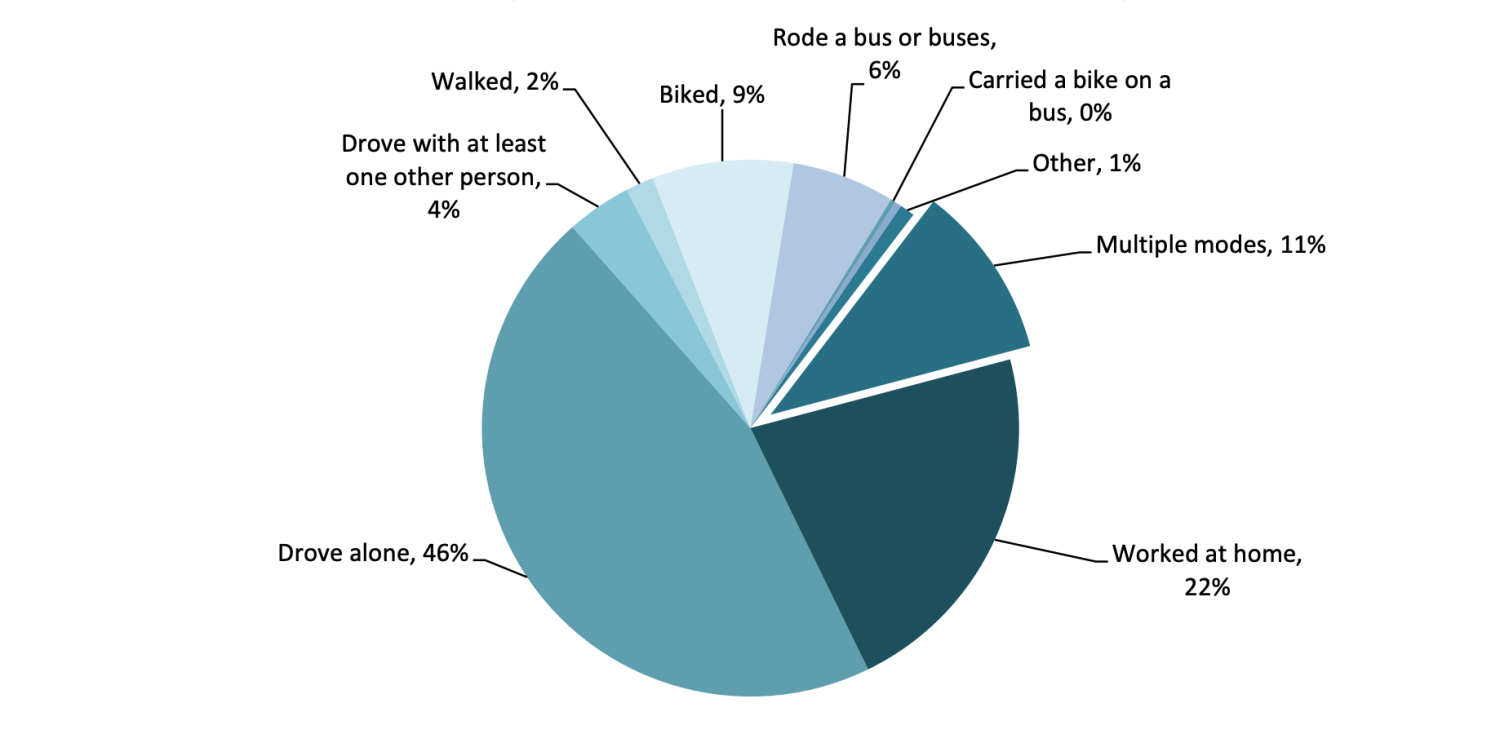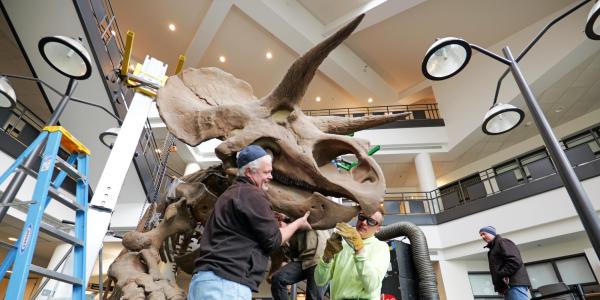CU Boulder administered the 2022 Faculty and Staff Transportation Survey, a collaborative effort among the Parking and Transportation Services units, at the end of the fall 2022 semester. This survey is a recurring effort to identify common themes in faculty and staff commuting habits.
Of the 8,819 faculty and staff who received a link to the survey, 1,753 completed surveys were obtained, a response rate of 20%. The last transportation survey was conducted in 2017 and responses have been collected 10 times since the inaugural survey in 1998.
“The data from our transportation survey provides a number of insights that will help inform our decisions to refine existing transportation service offerings and implement new options that will make it easier to get to, through and around the CU Boulder campus in sustainable ways, thereby helping us achieve our climate goals, increase student success and improve the overall well-being of our campus community,” Vice Chancellor for Infrastructure and Sustainability Chris Ewing said.
Impact of pandemic, increased remote workforce
One of the most anticipated results was the impact that increased remote work and the COVID-19 pandemic have had on work commutes. Prior to 2020, only 2% of faculty and staff worked from home at least part-time (2017), compared to 32% in 2022 who reported working from home three or more days per week, and 22% who worked from home on the day of the survey.
The Bureau of Labor Statistics reported that around 27% of the U.S. workforce was working remotely at the same time the survey was administered.
Single occupancy vehicles
Similar to the changes in remote working, the CU Boulder survey showed significant shifts in other mode splits. In 2022, the number of single occupancy vehicles (SOVs) coming onto campus decreased for the first time in more than 20 years, down to 52% from 58% in 2017, likely because of the shift to more remote work and inconsistent commute timing.
Transit use
As a result of COVID-19 and corresponding bus service reductions across RTD, there was a significant drop in transit use from 20% in 2017 down to 11%. This impact is further demonstrated by a decrease in those who reported having used their EcoPass in the last six months from 85% to 63%.

Figure 1: Modal Share of the Work Commute (Responses to: How did you get to work today?)
Permits vs. short-term parking
Parking Services also saw changes in permit use versus short-term parking rates. Forty-six percent of faculty and staff reported having a parking permit, down from 53%, and those who parked on campus five or more days a week dropped from 38% to 14%, another likely impact of the adopted remote-work modality.
Short-term lot usage increased from 4% to 12%, likely due to the availability of a $5 day parking pass and hybrid work.
Average commute distance
The average distance to get to work increased to 15.2 miles from 13.5 miles. For comparison, the distance between CU Boulder’s Main Campus and the junction of highways 119 and 287 in Longmont is 14.2 miles.
With the increase in gas prices and average distance to work, vanpools have become more popular among shift workers (a 30% increase in riders since pre-COVID).
A shift toward sustainable transportation
Since the 2017 survey was conducted, sustainable transportation options have become more numerous and widespread at CU Boulder and across the city. E-bike and e-scooter shares were merely conceptual; electric vehicles were just becoming more available; CU Boulder had just one electric vehicle charging station; and services such as Lyft and Uber that support a car-free lifestyle were just emerging.
Now, the positive impacts of having more sustainable transportation options are starting to come to fruition. Of those who bicycled to work, 12% rode e-bikes, and of those who drove, 8% had a hybrid vehicle and 6% had a fully electric vehicle (up from 2% in 2017).
Along with these newer transportation options, CU Boulder is pushing toward its sustainability goals by supporting the shift toward more efficient vehicles with the addition of four new electric Buff buses in the past year, a fully electric NightRide fleet, more electric fleet vehicles and partnerships with service providers such as Colorado Carshare, BCycle and Lime—all of which have fully electric fleets.
“This most recent survey will guide our future efforts to work toward our campus climate goals and helps CU Boulder identify key areas of opportunity,” said sustainable transportation specialist Clark Rider. “While this survey demonstrates some positive shifts within transportation, it also shows there is still significant reliance on personal and gas-powered vehicles and thus room for improvement.”



